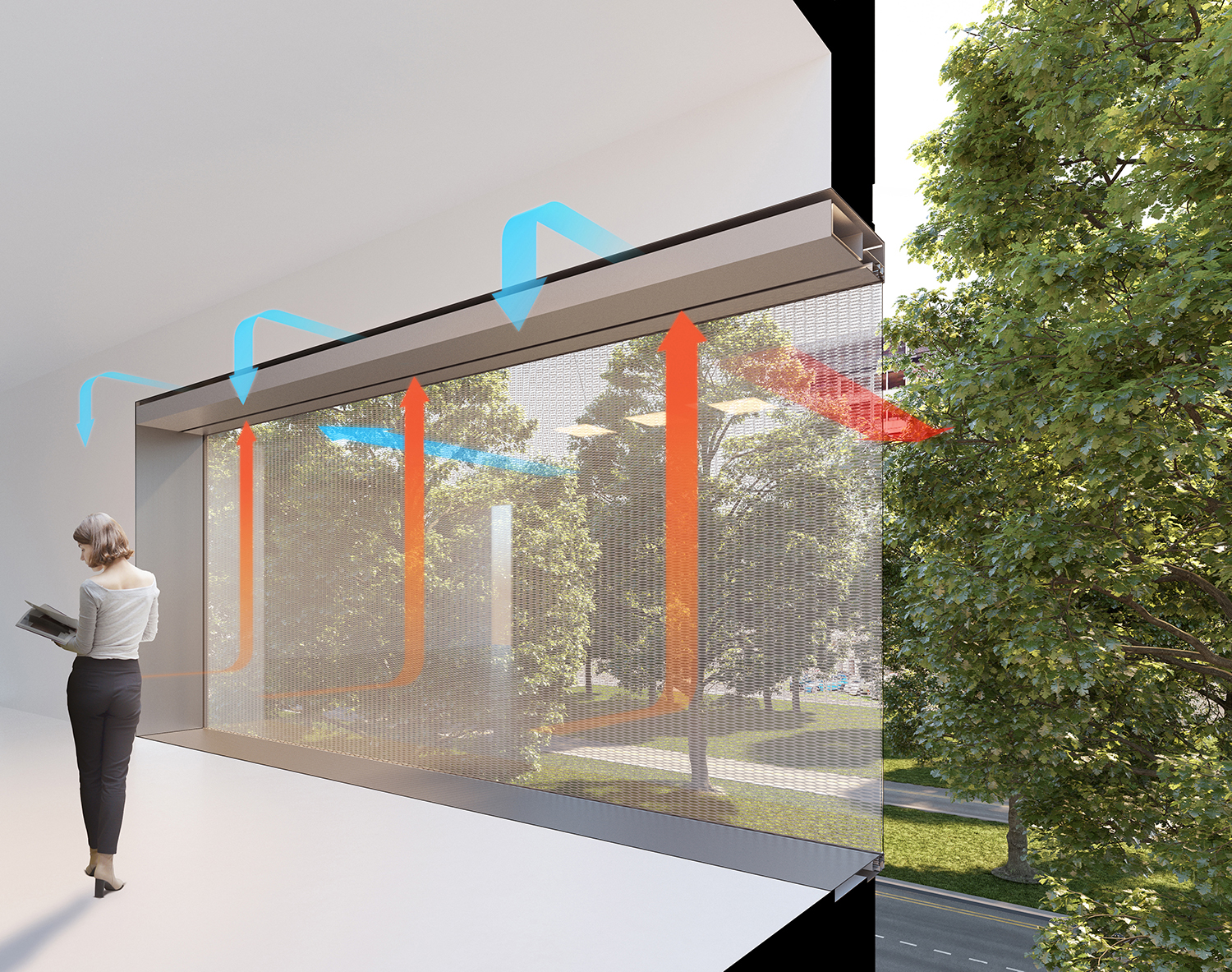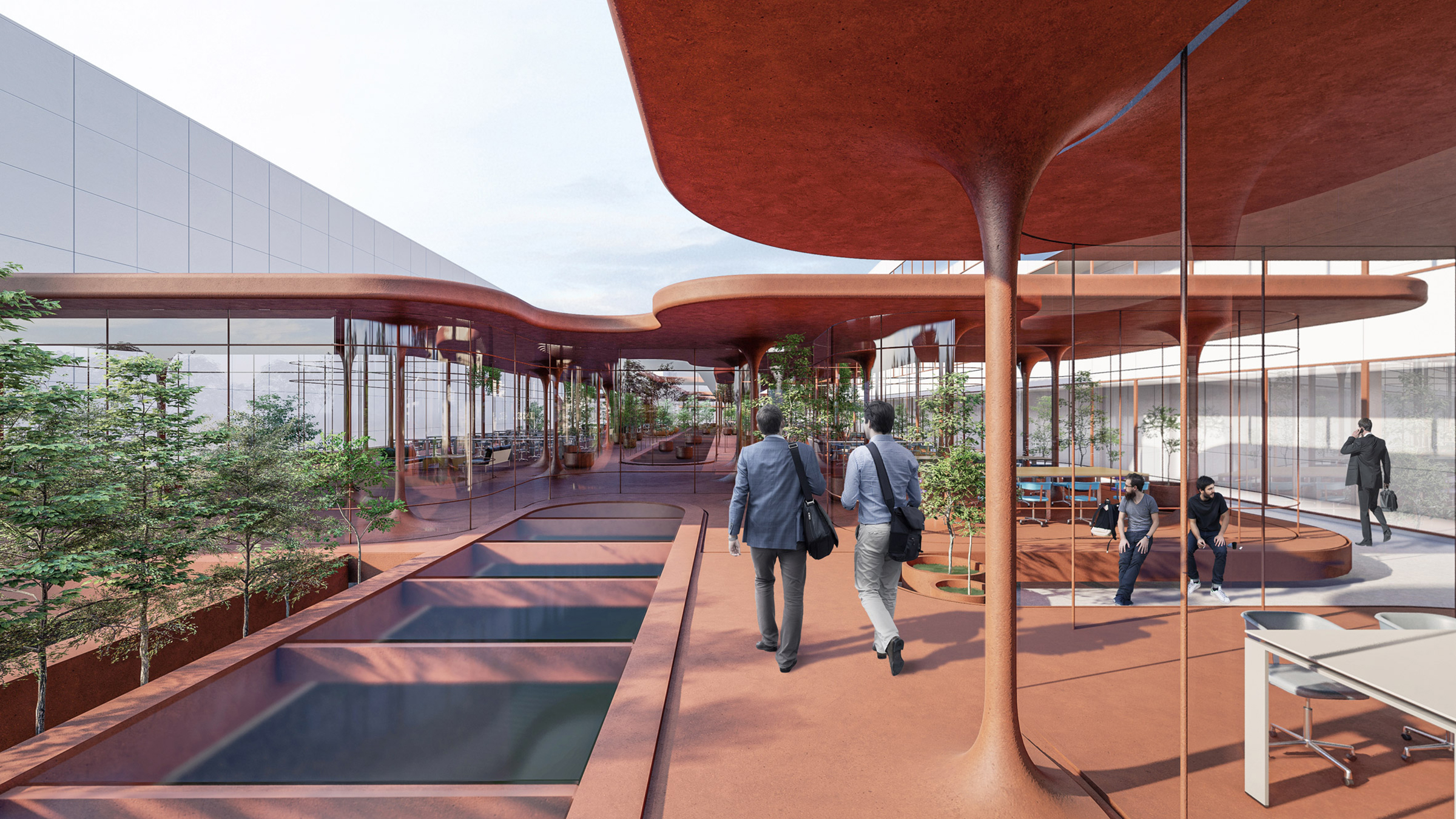The current global health situation – and the threat of new outbreaks in the future – has transformed the architecture and design world, with the need for hygiene-friendly features coming to the fore. As stated in a study review by G Tokazhanov and colleagues, current challenges will influence strategies for building construction, with modular construction gaining popularity owing to its potential for future transformation. Architects and designers, they state, will also be rethinking solutions to hygiene-related problems – including surfaces such as elevators, doors and ladders (which have a high contact rate), a lack of natural ventilation, and a lack of air and water filtration systems. Industry leaders have already accepted the challenge to create smarter, cleaner interiors that can boost safety and comfort for home and office dwellers during challenging times.
Self-Cleaning Building Materials
Architects and designers are taking their cues from nature in the self-cleaning department, finding inspiration in everything from the feet of geckos to lotus leaves – both of which have the ability to repel water while also ridding themselves of dust particles and toxins. Research published in ACS Applied Materials & Interfaces reveals that a newly developed porous concrete has the ability to repel liquids and dirt and is resistant to classic staining materials such as soy sauce or coffee. The secret to the material is the addition of a specific polymer (PDMS) and oil and an emulsifier to wet concrete. This blend evaporates and leaves PDMS-coated pores behind that are able to keep surfaces clean.

Why are Self-Cleaning Materials so Important?
Self-cleaning materials such as porous concrete and pre-treated titanium dioxide (used on porcelain enamels) may not be feasible in the entirety of a building, but their presence in major areas is an excellent complement to industrial cleaning processes such as high-pressure cleaning and chemical clean-ups. Intelligent materials also enable industrial cleaning teams to rely less on chemicals, owing to the absence of stubborn stains. Businesses can then avail of their cleaning budget to concentrate on hard-to-reach spaces such as exhausts, air ducts, and tanks.

Contactless Pathways
Arjun Kaicker and the team at Zaha Hadid architects have expressed a notable change from interflowing workspaces to more independent ones. Architects will be designing work spaces for a small number of people and reducing the maximum occupancy for lifts. They will be working alongside engineers to design ‘contactless pathways’ that will significantly reduce the need for employees to touch doors and other features. Doors can open automatically with the help of sensors, and lifts can be called directly from one’s smartphone. Project architecture firm Stantec Architecture and Engineering LLC, meanwhile, has developed faucet control solutions that work using water pressure rather than electromechanical valves and sensors. They do not require electricity or batteries and work with any faucet or spout chosen by the designer.
Improved ventilation, contactless features, and self-cleaning materials are just a few aspects architects and designers will be taking into account in the era of new normality. The idea that a health situation can suddenly require social distancing and reduced contact means that office capacities need to be reduced and pathways created that require lesser contact. Interior designers, meanwhile, will be embracing features such as pressure-running faucets that are battery- and electricity-free.






